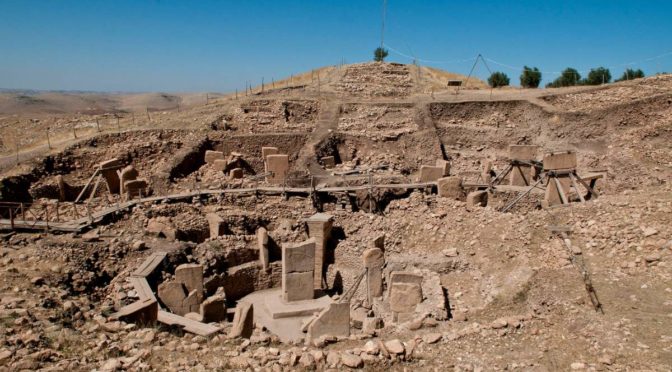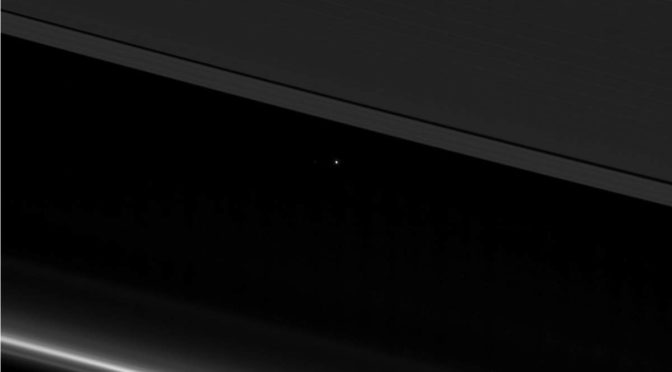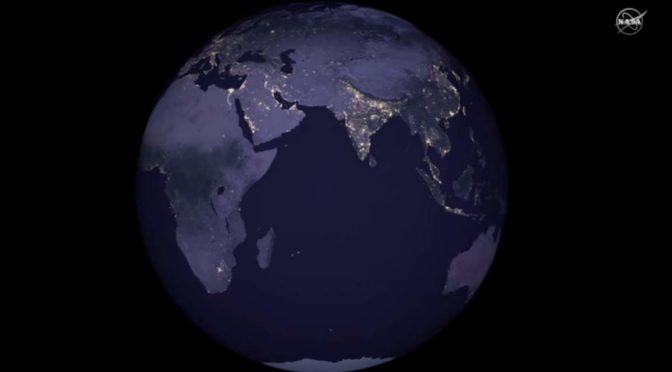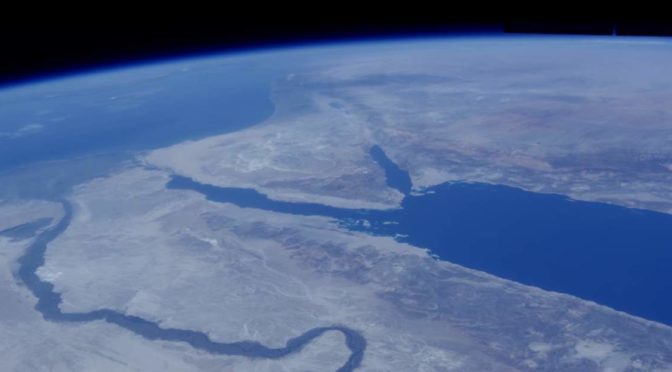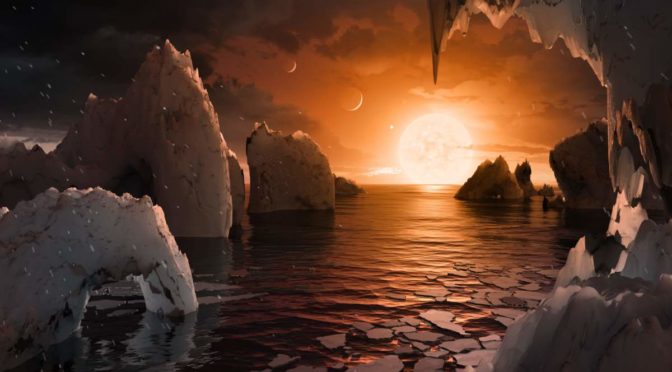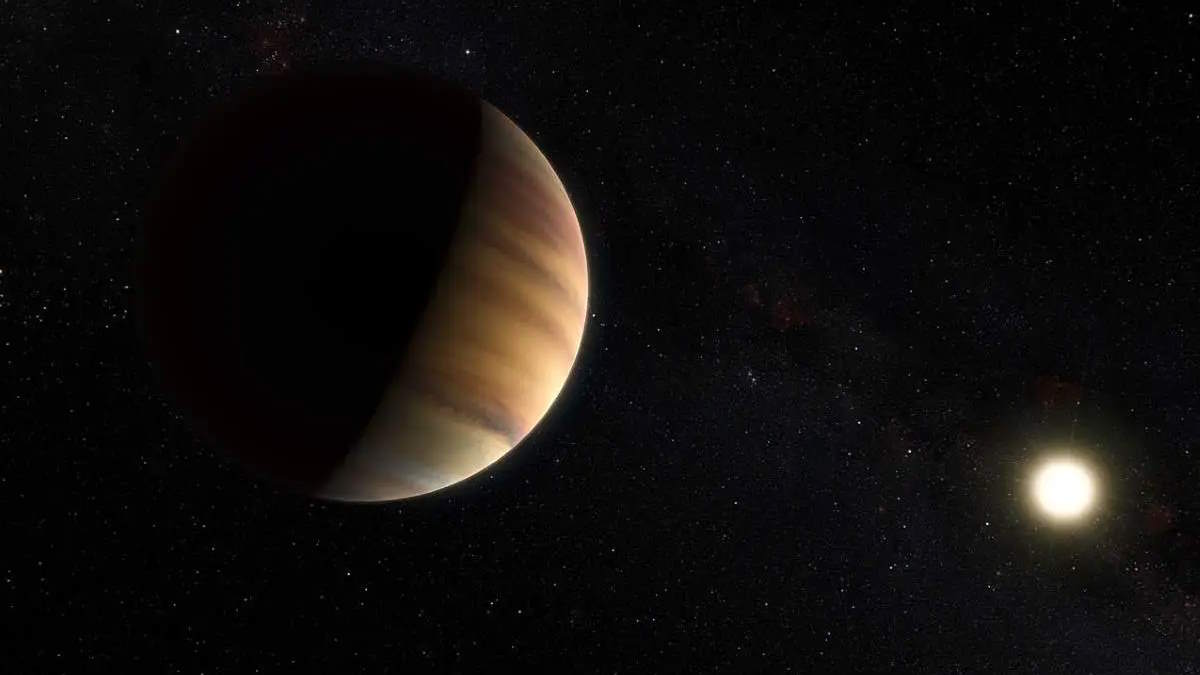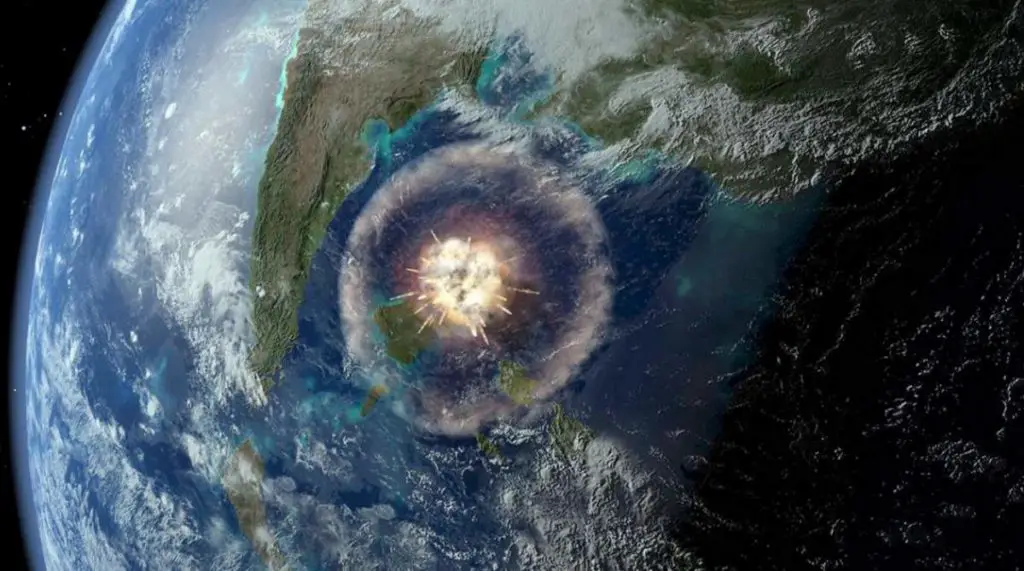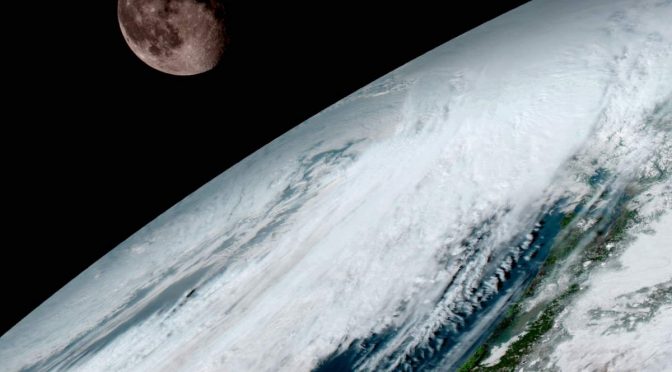We see images and videos from the International Space Station (ISS) where astronauts float in space freely. That’s because they’re in space, so there is no gravitational force of Earth there, right?
Wrong.
The International Space Station is in Low Earth Orbit (see notes 1) with an altitude of between 330 and 435 km (205 and 270 mi). It is so close to the Earth that on a clear day easily visible to the naked eye from the ground as it is the third brightest object in the sky (NASA has actually launched a new interactive map at its Spot the Station website).
At that altitude, the Earth’s gravity is about 90 percent of what it is on the planet’s surface – still pretty strong, right? To reduce the gravity of the Earth by a factor of one million, one needs to be at a distance of 6 million kilometers (around 3,728,227 miles) from the Earth – more than fifteen times the distance between the Earth and the Moon.


